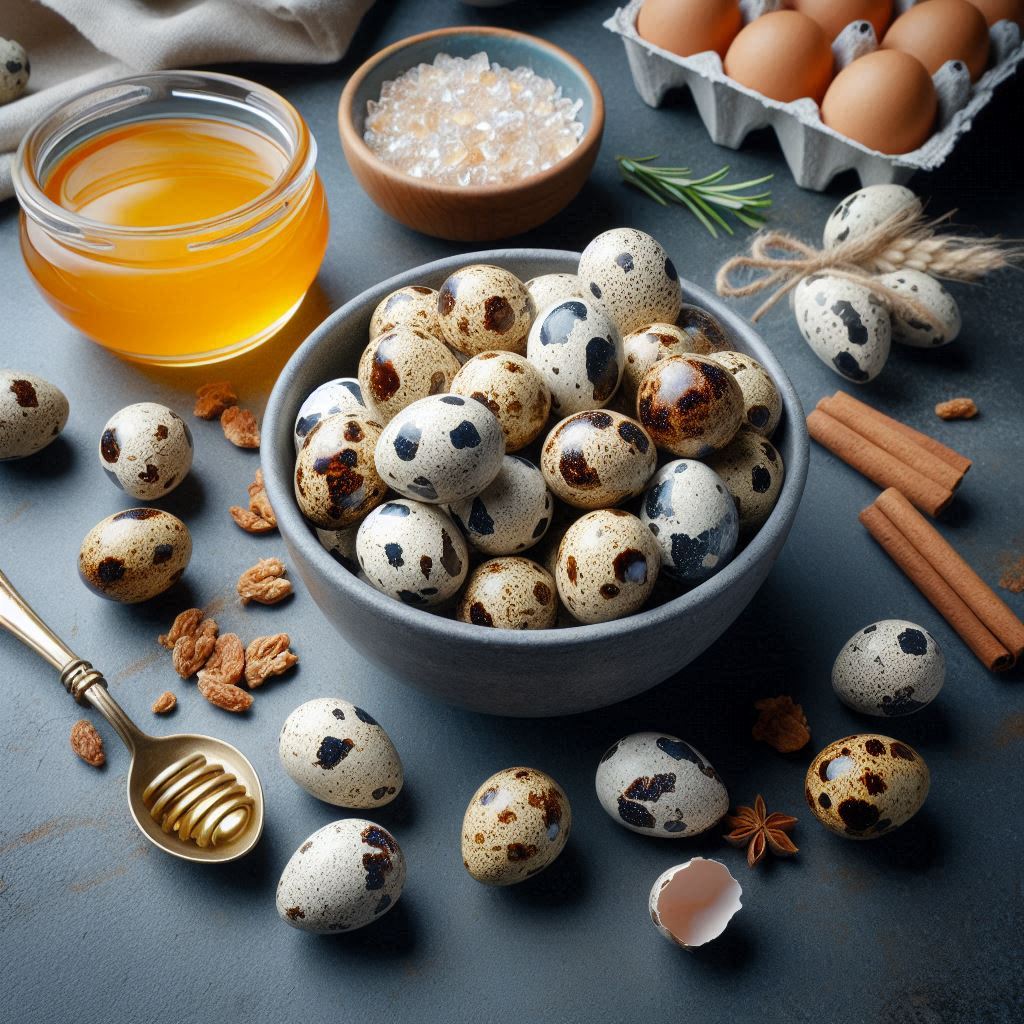For those who own a cat, you will most likely find yourself browsing one or the other pet forum or admiring the “natural treats” aisle, wondering which of these really belong in your feline’s diet.
I have been in that situation myself—eyeing my cat, Mochi, as she sniffed disdainfully at yet another “premium” snack. Recently, freeze-dried quail eggs have caught on like wildfire for pets as a food that is very high in nutrients.
Freeze Dried Quail Eggs provide many nutritional benifits for cats such as protein source, improves skin, etc but should be given in moderation and cannot be a complete meal replacement.
However, before you pop one into your shopping cart, we are going to drill down into the science, then the risks, and finally look into what is really practical for feeding quail eggs to cats.
What Makes Quail Eggs Special?
Quail eggs, commonly called nature’s multivitamin, are tiny but dense in nutrition. One quail egg weighing about 10 grams contains 1.2 grams of protein, 1 gram of good fat, and a very concentrated amount of vitamins B12, riboflavin, and selenium.
Compared with chicken eggs, quail eggs contain six times more vitamin B1 and fifteen times more iron per gram according to a study published in 2020 in Poultry Science.
Freeze-drying retains these nutrients by removing moisture without heat, remaining shelf-stable for pet owners who seek the convenience factor without compromising quality.
Nutritional benifits Quail Eggs
Cats are obligate carnivores, meaning their bodies perform well when fed with animal proteins and fats. Here’s how quail eggs fit into this dietary scheme:
Protein for Lean Muscle Maintenance
Each quail egg provides a complete amino acid profile, including taurine, which is a critical nutrient cats cannot synthesize on their own.
A deficient taurine state will lead to heart disease and vision deficit; hence, commercial cat foods are taurine-fortified. Quail eggs give naturally occurring and bioavailable taurine: approximately 0.14 grams per egg, as opposed to 0.05 grams in chicken eggs.
Skin and Coat Health
The omega-3 and omega-6 fatty acids in quail eggs are like those present in high-quality fish oils.
Within weeks, my neighbor noticed her Persian cat exhibiting less dry flaky skin after the introduction of quail eggs to her diet. Riboflavin (vitamin B2) aids in cellular repair, aiding the formation of a sleek coat.
Digestibility for Sensitive Stomachs
While a number of cats would be allergic to chicken eggs, quail eggs tend to be less reactive. Dr. Sarah Wooten, a veterinary consultant, reasoned that quail proteins may have a different molecular structure that may lessen any immune reactions.
Always introduce any new food slowly- an important lesson I learned the hard way after Mochi’s infamous “tuna trial,” which went on to become a rather messy afternoon!
Precautions
Quail eggs are not panacea. Here are things to look out for:
- Fat Content Leading to Weight Gain
The fat content (1 gram per egg) could seem insignificant, but for a 10-pound cat, that could add up over a few eggs daily. Overweight and indoor cats should generally have quail eggs as a rare treat. - Choking Hazards
Freeze-dried eggs are brittle; therefore, crushing them into powder or rehydrating with water can reduce risk, especially with kittens or cats that are prone to gulping their treats. - Allergic Reactions
An allergic reaction, although unusual, can occur and may be accompanied by vomiting or itching. Start with a tiny piece about the size of a pea, and watch carefully for 24 hours.
How to Feed Quail Eggs in Safety
- Start with a pinch: Add a pinch of powdered egg to their regular food.
- Less is better: Treats should account for no more than 10% of total food given to your pet.
- Instead of a Meal Replacement, for Meal Enhancement: Add egg powder on wet food for an added nutrient value but without disruption of the balanced diets.
Conclusion
Freeze-dried quail eggs could definitely be a better nutritional supplement to your cat’s diet if used wisely.
While they have no nutritional value as a substitute for a balanced diet, their ease of use and nutritional richness can certainly make them an exceptional snack.
After giving them a try with Mochi, who now sits by the treat jar in expectation, I would have to suggest them to any cat owner willing to put some stock into quality over quantity.
Pro Tip: Always keep an eye out for products that source eggs from free-range quail and contain no preservatives. Your cat’s health warrants that extra bit of scrutiny on the label.
Also read: Are Bacon Flavored Bubble Treats Safe for cats
